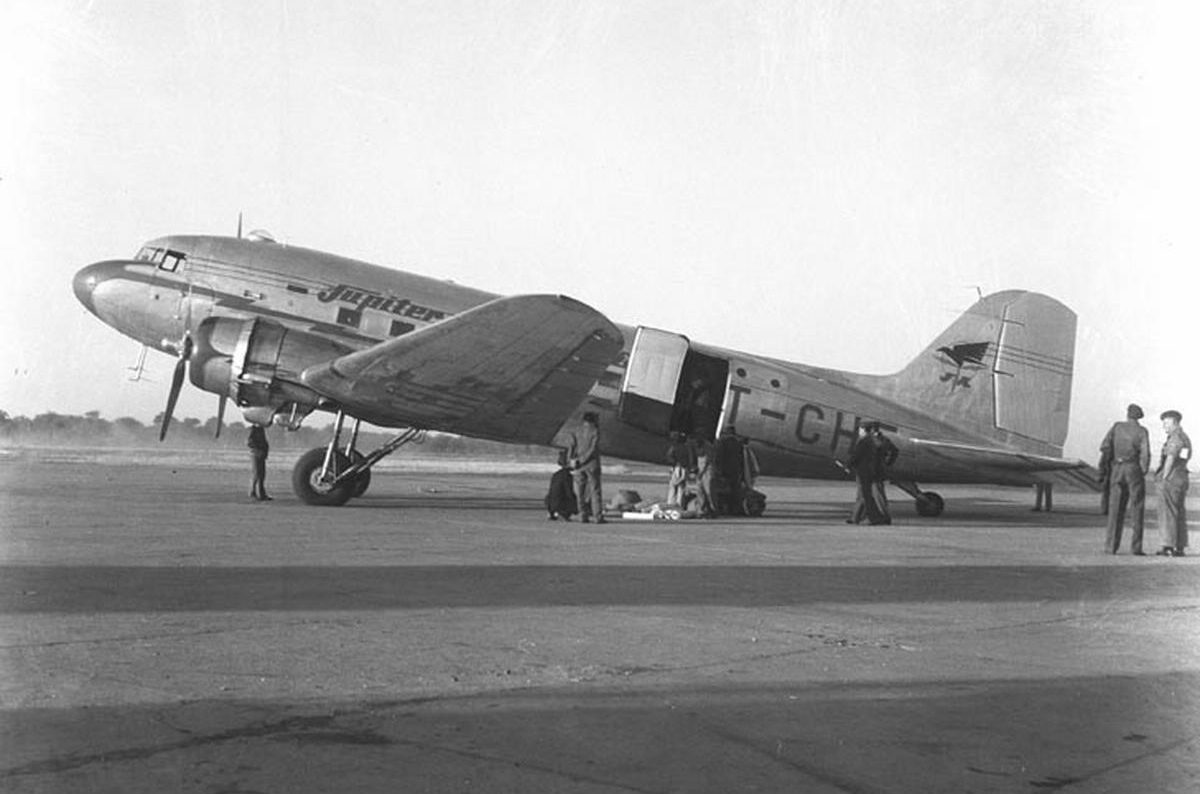Crash of a Douglas C-47A-90-DL near Silchar: 1 killed
Date & Time:
May 5, 1957
Registration:
VT-AUV
Survivors:
Yes
Schedule:
Silchar – Calcutta
MSN:
20318
YOM:
1944
Crew on board:
3
Crew fatalities:
Pax on board:
0
Pax fatalities:
Other fatalities:
Total fatalities:
1
Circumstances:
Few minutes after takeoff from Silchar Airport, the crew encountered bad weather. The aircraft went out of control and crashed near the village of Santoshpur. A crewman was killed while two other occupants were injured. It appears the accident occurred in poor weather conditions with thunderstorm activity, turbulences and downdrafts.


